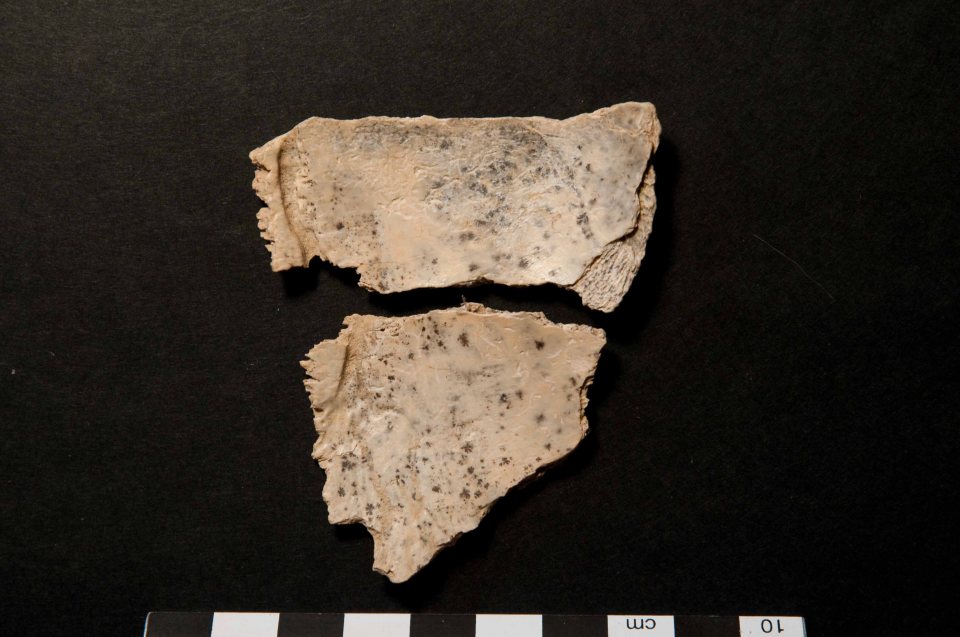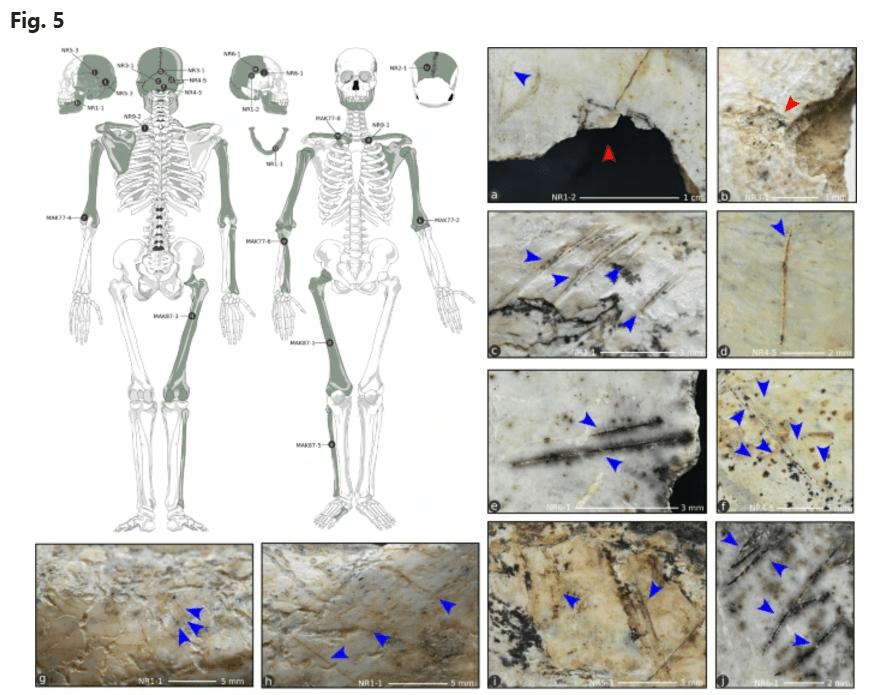Gruesome evidence of early European cannibals who ate the BRAINS of their enemies to celebrate war victories uncovered
All recommendations within this article are informed by expert editorial opinion. If you click on a link in this story we may earn affiliate revenue.

A SUDDEN population increase in Europe some 20,000 years ago forced our ancient human ancestors to battle it out over resources.
And these early humans fought a fight so fierce, they even ate their competition, according to researchers.
Human remains found in Maszycka Cave in Poland suggest they were the victims of cannibalisation as an act of war.
A new study of 53 bones, published the journal , suggest they belong to at least 10 people, six adults and four children.
"The age profile resembles that of a complete nuclear family unit, suggesting that they could have been attacked, subdued and subsequently cannibalised," the researchers wrote.
The 18,000-year-old bones show signs of butchering, and were hard to distinguish from the animal bones they were found alongside.
READ MORE ON ARCHAEOLOGY
Cut marks and fractures on the bones suggest these ancient humans had their skulls cracked open and their brains scooped out by their aggressors.
Looking at the pattern of the cut marks, researchers noted that the aggressors were likely eating the most calorie-dense parts of corpses shortly after their death: the brains, bones marrow and muscles.
"The location and frequency of the cut marks and the intentional fracturing of the skeleton clearly show nutritional exploitation of the bodies," study lead author Francesc Marginedas, a doctoral student at the Catalan Institute of Human Paleoecology and Social Evolution (IPHES), said in a .
The number of bones that had been manipulated after death also strongly indicates cannibalism, researchers added.
Most read in Science
"It’s a very thorough paper," Silvia Bello, a paleoanthropologist at the Natural History Museum in London told Science Magazine.
"There’s no doubt it’s a case of cannibalism."
Evidence from other sites suggests cannibalism may have been a widespread practice among early Europeans.
Palmira Saladié, another author of the study, added: "Cannibalism is a behaviour documented at various times in human evolution.
"In prehistoric contexts, it could respond to both survival needs and ritual practices or even intergroup violence dynamics."
It's possible these early humans cannibalised others for some ritual purpose, or even famine.
But because there is no evidence of the victims being buried in a respectful way, and instead found butchered with animal bones, researchers believe it is an example of "warfare cannibalism".
This scenario could have been bought about by too many people, and too few resources, in one area.
The Magdalenian period, during which the early humans of the study lived, spanned between 23,000 and 11,000 years ago.
Read More on The Sun
And it is largely characterised by an increase in humans populations in Europe, which paints a picture as to how territorial tensions and cannibalistic violence could have occurred.
Unlock even more award-winning articles as The Sun launches brand new membership programme - Sun Club
Strange UK burials sites
Here are some of the weirdest...
Leicester car park: King Richard III’s remains
- In 2012, King Richard III’s skeleton was famously found under a Leicester car park.
- The corpse had a metal arrow in its back and severe trauma to its skull.
- The following February, lead archaeologist Richard Buckley, of the University of Leicester, said tests proved the remains were the king’s “beyond reasonable doubt”.
- Richard was killed in the Battle of Bosworth Field in 1485.
- His demise was dramatised by Shakespeare, who had the monarch calling out “a horse, a horse, my kingdom for a horse” before he died on battlefield.
Dartmoor: Grave of ‘Bronze Age princess’
- Its beautiful moor attracts hundreds of thousands of visitors every year, but in 2011, remains thought to belong to a Bronze Age princess were discovered on Dartmoor.
- The bones – thought to date back over 4,000 years – were found in a peat bog on White Horse Hill alongside a number of remarkable items, including around 150 beads, an animal pelt, a delicate bracelet and a woven bag.
- The picturesque National Park’s archaeologists were stunned to uncover the grave, which was described at the time as one of the most significant historical finds ever at the site.
- It is speculated that the grave was that of a young, royal woman.
Rare Oxfordshire stream: 26 human skeletons
- A beautiful stream in Oxfordshire might look like an unlikely place to find 26 human skeletons – but that’s what happened recently near the precious Letcombe Brook.
- The skeletons, believed to be from the Iron Age and Roman periods, were discovered during a £14.5 million Thames Water project to ease pressure on the rare chalk stream.
- Archaeologists believe some may have been victims of ritual human sacrifice.
- The skeletons are thought to be about 3,000 years old.
- Evidence of dwellings, animal carcasses and household items, including pottery, cutting implements and a decorative comb, were also unearthed.
- Cotswold Archaeology removed the items for forensic examination, which meant Thames Water could start laying the six-kilometre pipe.














